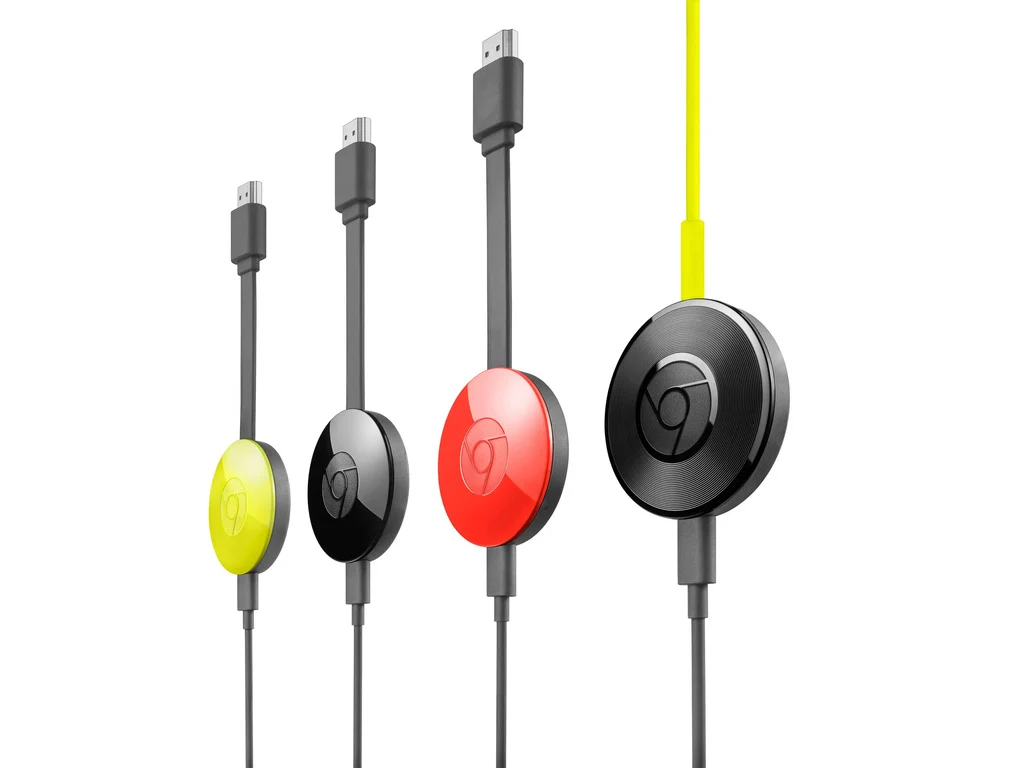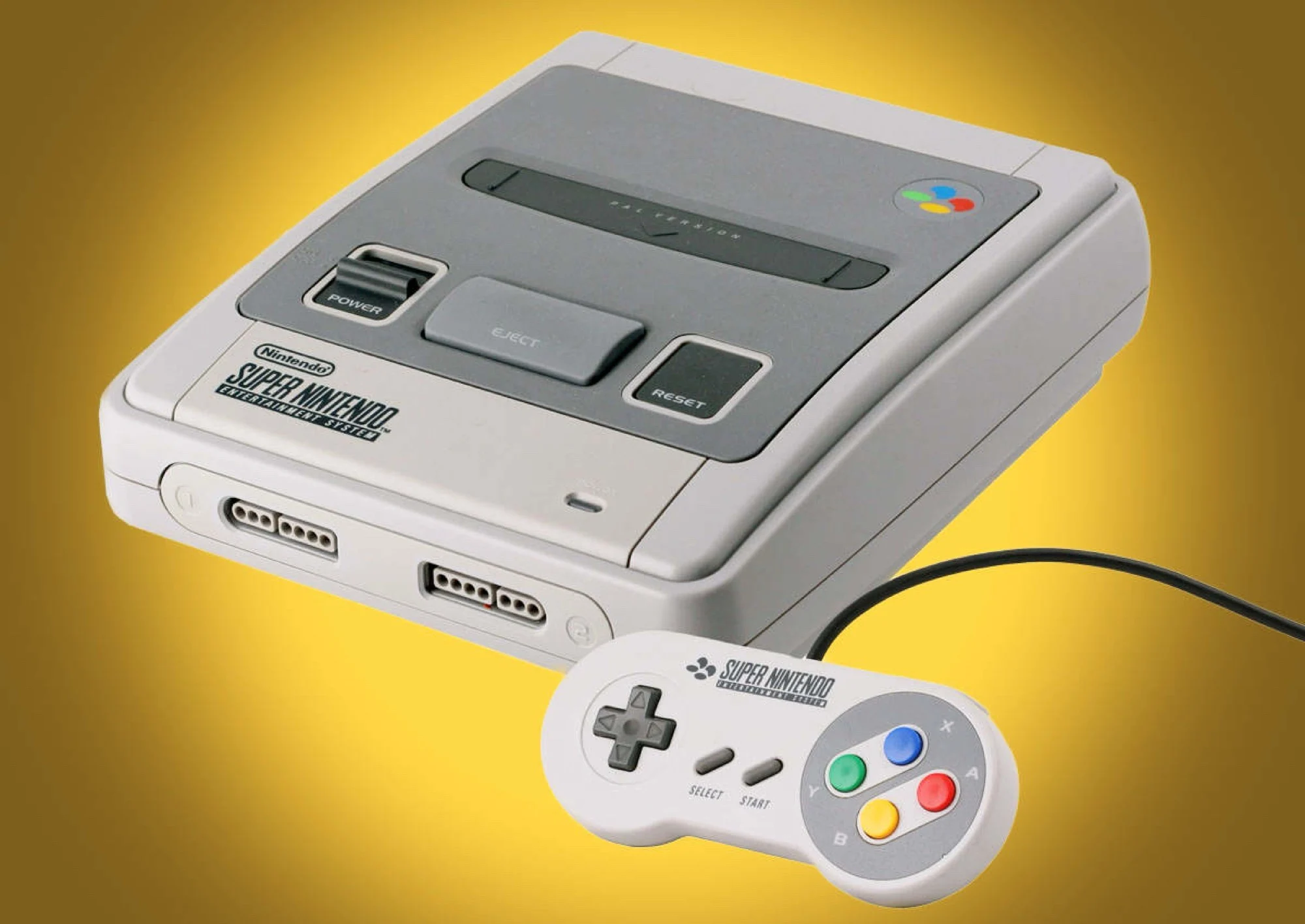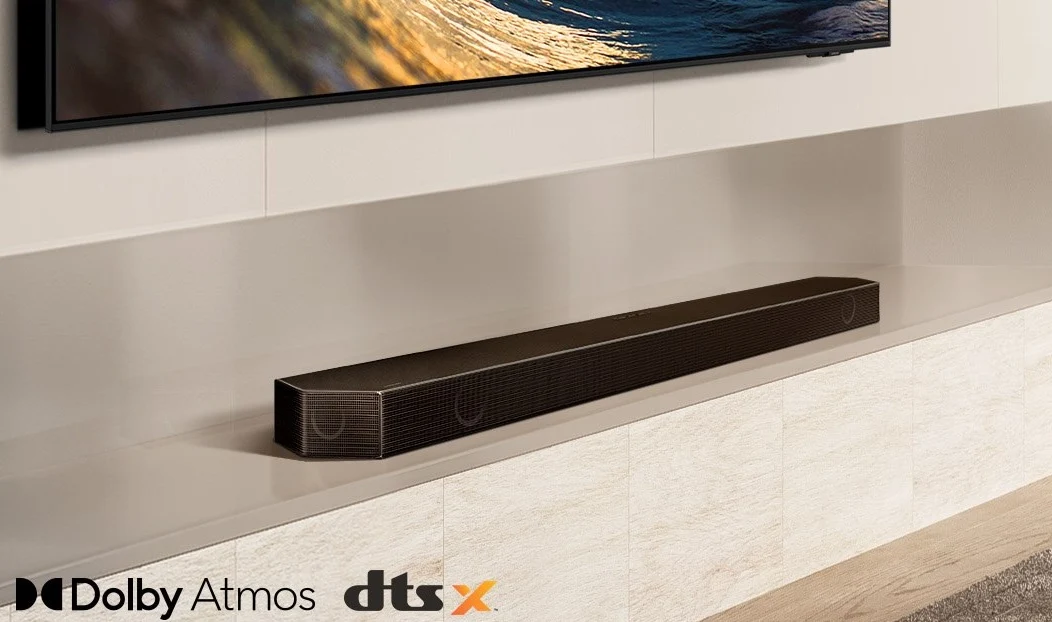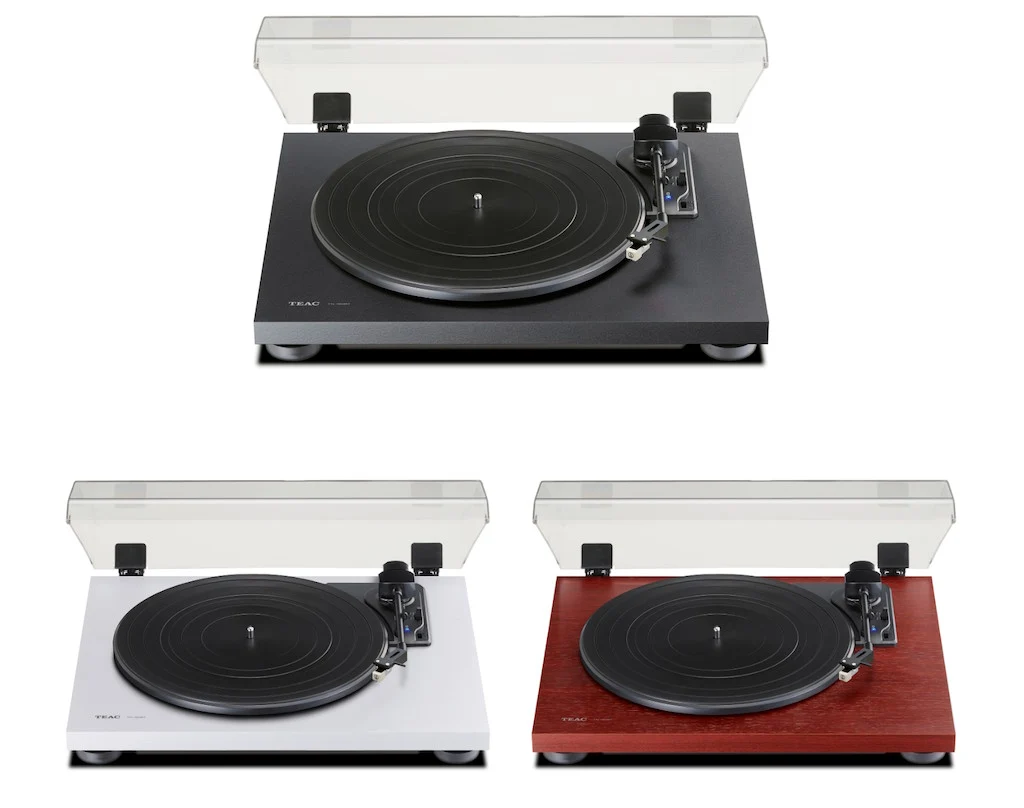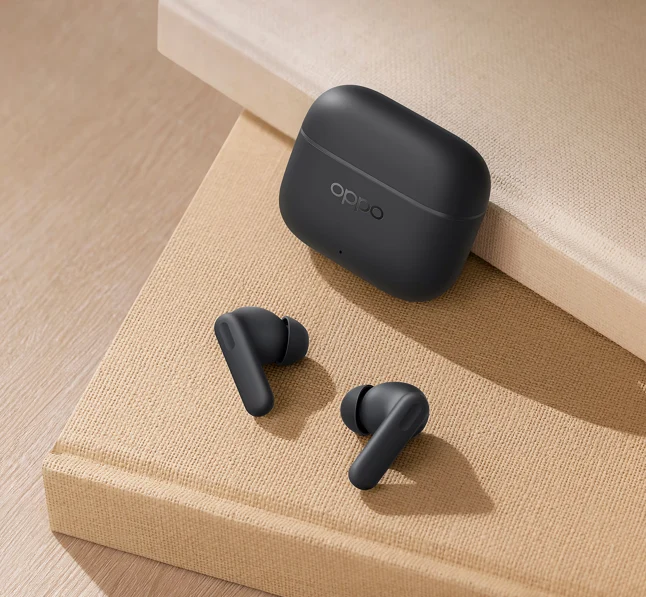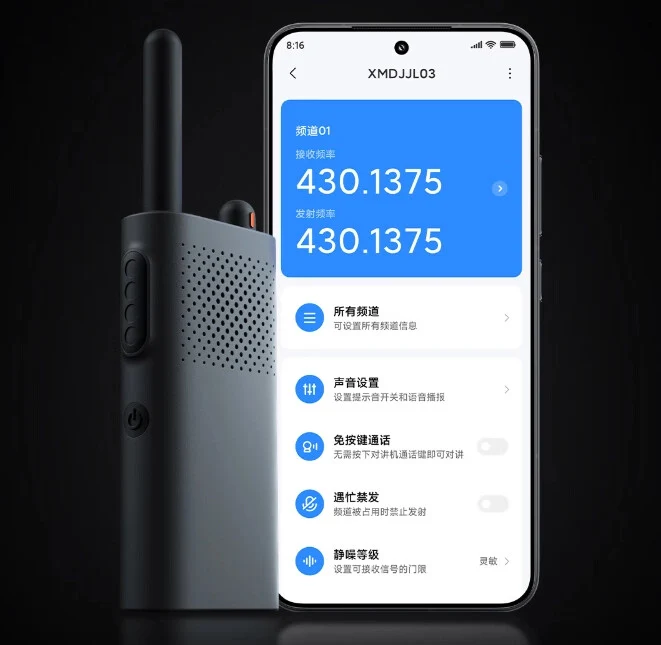Key Takeaways
1. Google is releasing a solution for issues faced by second-generation Chromecast users, including Chromecast Audio.
2. Users received apologies from Google, and devices should now work properly with automatic firmware updates.
3. A temporary fix involved resetting the device and changing the date to before March 9th, and updating the Google Home app.
4. Users can check their firmware versions in the Google Home app, with new versions for Chromecast and Chromecast Audio specified.
5. The global rollout of updates may take a few days, and the issue is believed to be linked to an expired certificate authority.
Last week, a lot of users faced troubles while trying to cast content using their second-generation Chromecast devices, including Chromecast Audio. Google is now in the process of releasing a solution for this issue.
Apologies from Google
In a message sent to users who were affected, Google expressed their “sincere apologies” for the problems and assured that the devices “should now work properly.” If you haven’t done a reset on your device, it is expected to update automatically to the latest firmware and resume its normal function.
Workaround Solutions
One temporary fix that helped some users involved resetting the device and changing the date manually to a date before March 9th. If you opted for this reset method, Google suggests that you update your Google Home app to the most recent version, which is 3.30.1.6 for Android and 3.30.106 for iOS, and then set up your devices anew.
To verify if your devices have the latest firmware, you can check the version numbers. For Chromecast, the new firmware version is 1.56.467165, while for Chromecast Audio, it should be 1.56.467166. You can find your device’s firmware version by opening your Google Home app, pressing and holding your device’s name, and selecting settings > device information. It should be located in “Technical Information.”
Global Rollout of Updates
Google has mentioned that the updates for the Home app and the new firmware are slowly being made available to users around the globe, though it might take a few days for it to show up for everyone. Although Google hasn’t officially acknowledged the issue, users on Reddit suggested it could be related to an “intermediate certificate authority that expired on March 9th, 2025.”
This situation led to the devices failing authentication checks on Google’s servers and is believed to be “likely an unintentional mistake by Google where they overlooked the CA expiry.”
Source:
Link

